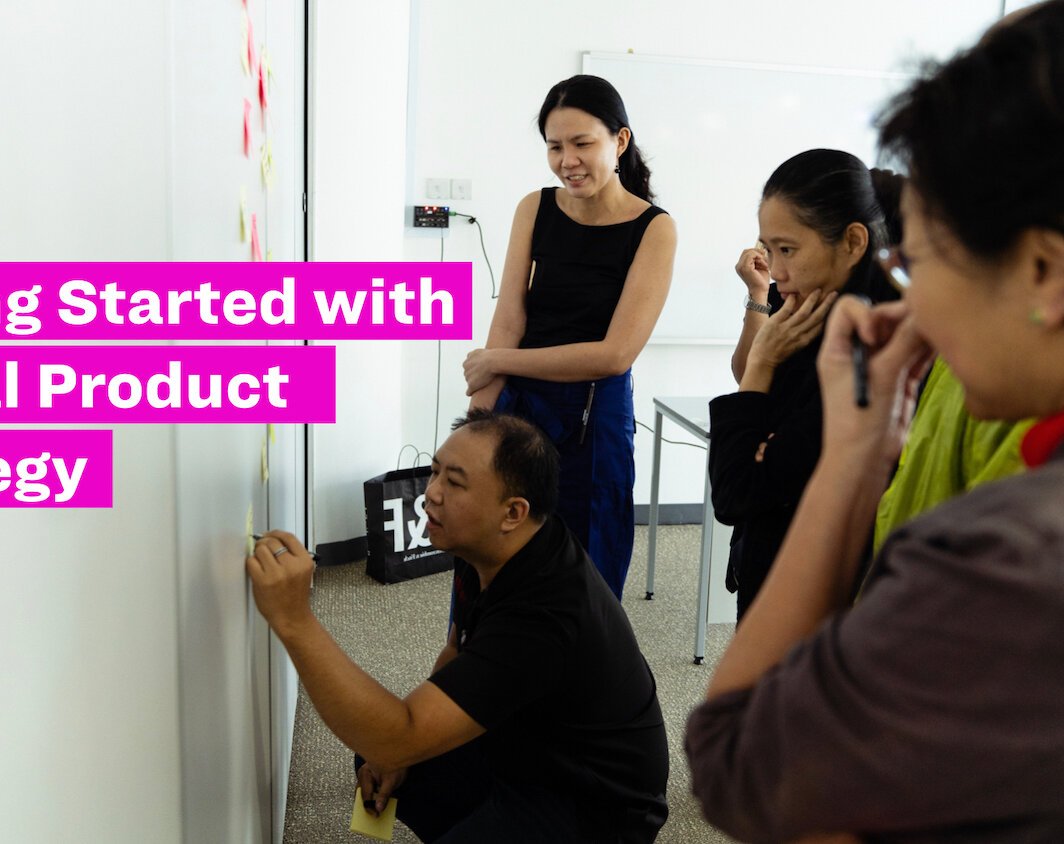blog
How to Write a Winning App Development Brief
By Mohan S Software development App development Digital transformation August 12, 2025

An app development brief is your best friend that ensures that the app isn’t just a shiny product but a strategic asset tied to measurable business outcomes. It keeps your money and timelines safe from scope creep and misaligned goals.
It removes guesswork. You get a clear roadmap that outlines exactly what’s expected including features, tech stack, deadlines all this while being prepared for any possible deviations and changes.
Shared win: less wasted effort, faster time-to-market, and an app that actually does what it was meant to do.
Estimates are one of the hardest parts of app development and also the most essential. In any IT development project, requirements evolve, stakeholders change direction, and unexpected hurdles surface without warning. The best approach is to stay adaptable and build a buffer into timelines to account for these human variables often amounting to +20% to the initial estimates of both the project timeline and project investment.

The cone of uncertainty in software projects (McConnell 2008)
Strategic and Practical Benefits of a Clear App Development Brief
Unified Vision: Keeps executives and technical teams aligned from day one.
Measurable Outcomes: Turns abstract ambitions into KPIs and milestones.
Reduced Risk: Prevents costly mid-project changes and misunderstandings.
Stakeholder Confidence: Shows investors and partners there’s a real plan behind the pitch.
How to Write an App Development Brief – Business and Technical Lens
If you’re creating an app development brief, start by asking these key questions:
What market gap are we filling?
How do we know customers will care?
What’s the break-even timeline?
Can we scale without a rebuild?
What’s the fallback if adoption lags?
With these laid nicely in your mind, below are the key points your app development brief should study deeply and project estimates.
Key Factors to Include in An App Development Brief
1. Business Case and Strategic Fit
Define the “why” in business terms. Is this app entering a new market, strengthening customer loyalty, or creating a new revenue stream?
2. Target Market & User Intelligence
Identify your audience, backed by real market research. Developers can’t design for “everyone,” so give them personas with needs, behaviors, and pain points.
3. Value Proposition & Differentiators
Spell out what makes your app unique. This is what marketing will sell, and what development should protect.
Further reading: How to gather requirements for your digital project
5. Success Metrics & ROI Projections
Set measurable goals: revenue targets, daily active users, retention rates, or churn reduction percentages.
6. Feature Scope & Functionality
Outline the core features for the MVP, plus optional features for later phases. This avoids “oh, can we also…” mid-project.
7. Technology & Integration Plan
List your platform choices, preferred frameworks, and any integrations with existing systems.
8. Design & UX Direction
Provide branding guidelines, accessibility requirements, and user flow expectations.
9. Roadmap, Budget & Resource Plan
Give timelines for milestones, budget ranges, and clarify who’s building what—in-house vs outsourced.
10. Risk & Compliance Considerations
Cover data security, privacy laws, and industry-specific regulations before they become last-minute roadblocks.
11. Post-Launch Support
Plan for bug fixes, updates, scaling, and adding new features after release.
Mistakes to avoid
Vague business objective. If it’s not clear what success looks like, the teams will be led to do guesswork. Put one measurable goal in the brief (for example, “increase trial-to-paid by 15% in six months”) and make every feature and decision point refer back to that number.
No user research or real personas. Building for “everyone” is the fastest route to building for nobody. Include two or three validated personas and list the three jobs each needs to accomplish so features actually solve real problems.
Prioritize. When everything is listed as important, nothing is truly important and scope eats the schedule. Use MoSCoW (Must/Should/Could/Won’t) and link every Must to a specific metric the team can aim for.
Skipping non-functional requirements. If you leave out performance, security, and accessibility targets, you’ll discover them as crises during load or audits. Add clear numbers for response time, uptime, security standards, and accessibility expectations so the app doesn’t implode under real use.
Tech choices with no rationale. Saying “we use X” without explaining why guarantees rework or passive resistance from the devs. Note the constraints, preferred stacks, and the reasons behind the choices - cost, team skill, or required integrations - so decisions survive reality.
No acceptance criteria or tests. “Looks fine to me” is not a quality standard. Define done for each feature with pass/fail tests and short UX acceptance cases so QA knows what to actually validate.
Further reading: Top 5 Challenges in App Development
Unrealistic timeline and zero buffer. Tight deadlines look ambitious until they break everything. Always add contingency (20–30% depending on uncertainty), show milestones, and call out assumptions that could change the schedule.
Ignoring integrations and legacy systems. If you don’t name the systems and data contracts up front, sprints will grind to a halt when an API behaves badly. List all systems to integrate, who owns them, and what the data exchange must look like before development starts.
No analytics or measurement plan. Without tracking, you can’t prove the thing works or learn what to change. Define the events, KPIs, and how data will be collected and reported so the product can actually improve after launch.
No post-launch plan. Launch is not the finish line; it’s the first stressful rehearsal. Include support SLAs, an update cadence, and a clear loop from analytics to the roadmap so issues don’t pile up and opportunities aren’t missed.
Poor stakeholder alignment and unclear decision authority. If every stakeholder can veto, nothing ships. Name decision owners, call out required sign-offs, and set a simple change-control process so feedback becomes useful instead of paralysing.
Neglecting compliance, privacy, and legal early. Waiting until late-stage reviews to think about consent and regs is expensive and, frankly, avoidable. Document data classifications, required consents, and necessary regulatory checks up front so you don’t rewrite half the app later.
Overloaded MVP. Packing the MVP full of “nice-to-haves” delays validation and wastes money. Reduce the MVP to one clear value hypothesis and build only what’s needed to test it quickly.
No risk register. Surprises are just risks with bad paperwork. Add the top five risks to the brief with owners and mitigation steps so you can manage problems instead of apologizing for them.
Summing-up & TL;DR;
Creating an app development brief is a critical skill that project managers master with experience. Most of the time, it’s not even about predicting everything but about building the scope around unpredictables. Here’s a TL;DR to get a bird’s eye view:
Align business and technical teams from the start with a clear, measurable objective.
Base the brief on real user research and defined personas.
Keep the MVP focused on essential features tied to success metrics.
Include non-functional requirements like performance, security, and accessibility.
Provide technical choices with clear rationale.
Set timelines with a 20–30% buffer and outline budget and resources.
Plan for integrations, analytics, and post-launch updates.
Define decision-making authority and stakeholder roles.
Address compliance, privacy, and legal requirements early.
Document top risks with mitigation plans.
Avoid scope creep by prioritizing features (Must/Should/Could/Won’t).


